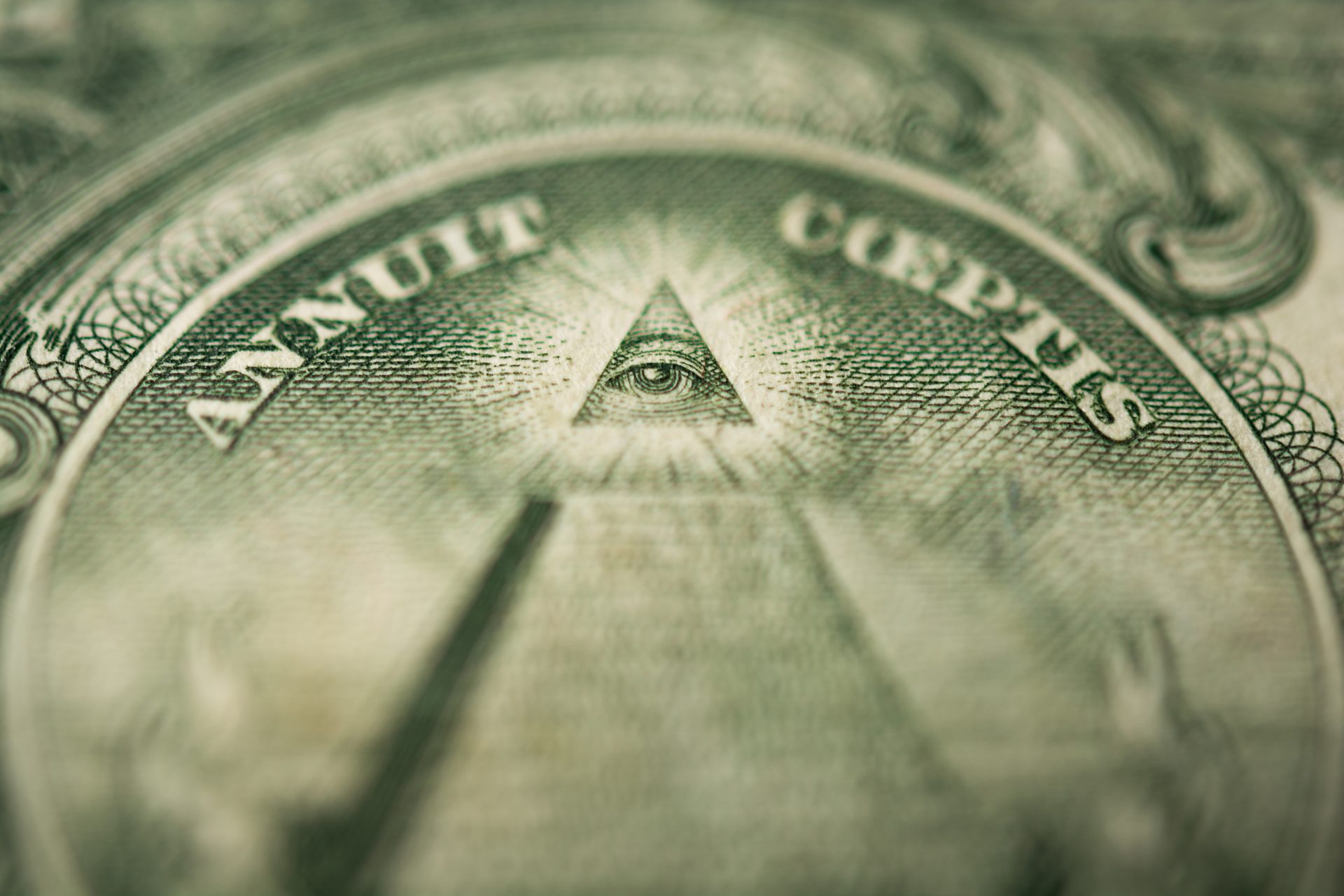The Best Guide to Understanding How to Become a Freemason Quickly
The Best Guide to Understanding How to Become a Freemason Quickly
Blog Article
Exploring the Mysteries of the copyright: What You Need to Know
The copyright, a term often shrouded in intrigue and dispute, represents a complicated tapestry of historical reality and modern misconception. Developed in the late 18th century, this secret society was at first rooted in the Knowledge's ideals however has actually since become associated with conspiracy theories concerning elite control (benefit of joining freemason).
Origins of the copyright
The beginnings of the copyright are soaked in a mix of historic intrigue and ideological fervor. Established in 1776 in Ingolstadt, Bavaria, by Adam Weishaupt, the group was originally developed as a secret culture focused on promoting Knowledge suitables such as factor, secularism, and the splitting up of church and state. Weishaupt, a teacher of canon law, looked for to test the dominating authority of the church and state, which he considered as oppressive establishments suppressing intellectual and individual flexibility.

Key Numbers and Members
That were the pivotal figures that shaped the copyright's very early impact and direction? The Bavarian copyright, founded in 1776 by Adam Weishaupt, emerged as a feedback to the overbearing societal structures of the time.
One more considerable number was Johann Gottlieb Fichte, a famous philosopher whose concepts on nationalism and education resonated with the copyright's goals. Although Fichte was not an official participant, his thoughtful underpinnings influenced the team's ideological background. Additionally, figures like the author and philosopher Johann Wolfgang von Goethe were linked with the more comprehensive intellectual movements of the time, although their straight participation with the copyright continues to be debated.
These key figures added to the copyright's early instructions, pressing the borders of political and social idea, while their cumulative initiatives aimed to challenge recognized norms and foster a climate of progressive change in Europe.
Misconceptions vs. Fact
Many false impressions border the copyright, typically blending reality with fiction in a method that obscures its real nature. The notion that the copyright proceeds to put in substantial impact over world occasions is a myth.
Another widespread myth is that the copyright consists of a network of elite individuals adjusting worldwide affairs. Actually, numerous conspiracy theory theories overemphasize the group's value, associating unfounded intentions to societal patterns and occasions. This has led to an oversimplified view of intricate problems.
In addition, the portrayal of the copyright in pop culture usually more distorts its legacy. Films and literature have a tendency to sensationalize the company's function, developing a narrative that splits from historic click to read more truths. Recognizing the difference between the misconceptions and the reality of the copyright is vital for discerning the authentic influence of this historic group and acknowledging the more comprehensive implications of conspiracy theory concepts in contemporary society.
Modern Analyses
Contemporary analyses of the copyright frequently show more comprehensive societal stress and anxieties and an attraction with privacy and power. This modern-day lens frequently connects the copyright with conspiracy theory concepts that recommend a hidden elite manages world occasions, adjusting federal governments and economic climates for their very own gain. benefit of joining freemason. Such stories use a deep-seated wonder about of authority, specifically in times of crisis or social upheaval
In popular culture, the copyright is typically illustrated as a divine company shrouded in mystery, leading to a huge selection of imaginary representations in literary works, movie, and music. This portrayal serves not only to captivate but additionally why not try here to provoke thought of the nature of power and control in contemporary society. Social media has even more amplified these interpretations, allowing for rapid circulation of conspiracy theory concepts and producing neighborhoods that share and expand upon these ideas.
Moreover, some modern-day analyses mount the copyright as a metaphor for the complexities of globalization and the interconnectedness of significant people and companies. This point of view encourages a crucial examination of just how power characteristics operate in today's world, highlighting the equilibrium in between transparency and privacy in administration and business practices.
Social Effect and Legacy
Influenced by centuries of intrigue, the social effect and legacy of the copyright expand much beyond its historic origins. This secret society, developed in the late 18th century, has penetrated different facets of pop have a peek here culture, from literature and film to songs and art. The concept of the copyright has developed right into a sign of conspiracy concepts, typically representing a regarded concealed power manipulating international events.
In literary works, authors like Dan Brown have actually woven the copyright into detailed plots, exciting visitors with motifs of secrecy and power. Movies such as "National Treasure" and "The Da Vinci Code" better perpetuate the attraction of the society, mixing fact with fiction to produce interesting narratives.

Eventually, the copyright's legacy is an intricate tapestry of myth and reality, forming perceptions of privacy and control in contemporary discourse. Its long-lasting presence in society underscores mankind's perennial pursuit for recognizing surprise realities.
Conclusion
The expedition of the copyright reveals an intricate interplay in between historical realities and modern myth-making. Established in the Enlightenment period, this society intended to challenge oppressive frameworks, yet its tradition has actually been overshadowed by conspiracy theory theories that recommend elite manipulation. Comprehending the differences between the initial ideals and contemporary analyses is vital for understanding the enduring attraction with the copyright and its substantial influence on social stories surrounding power and privacy in culture.
Report this page